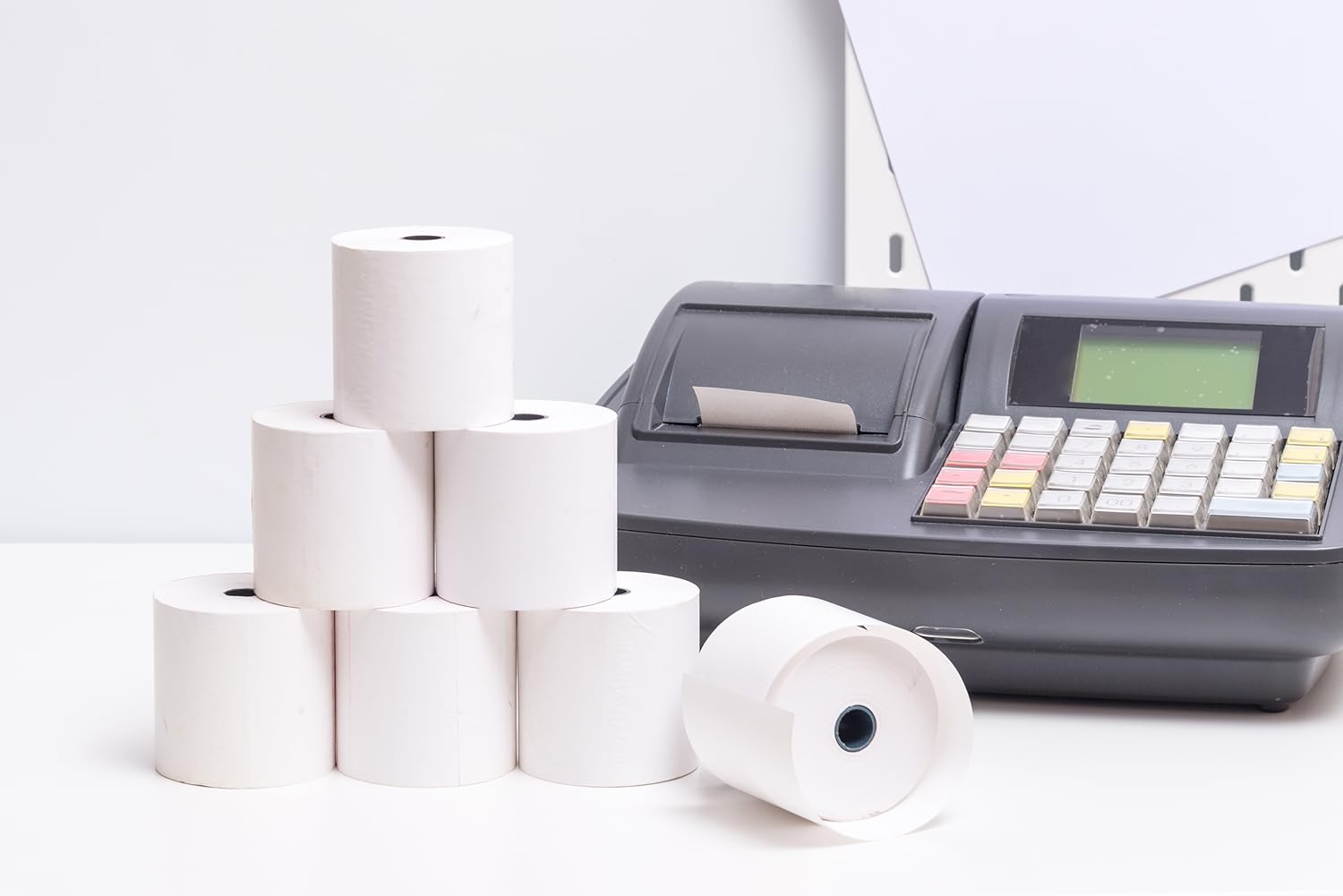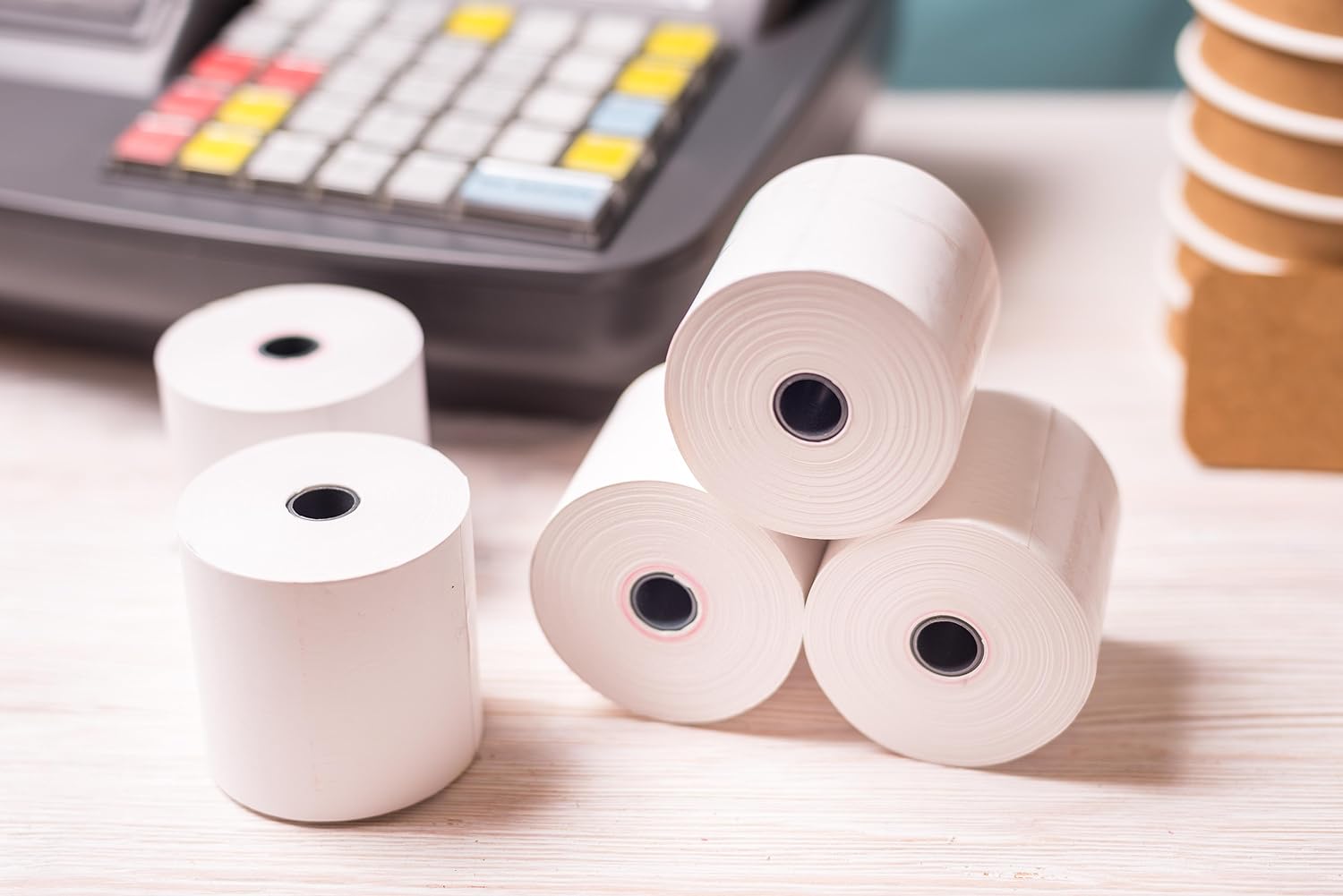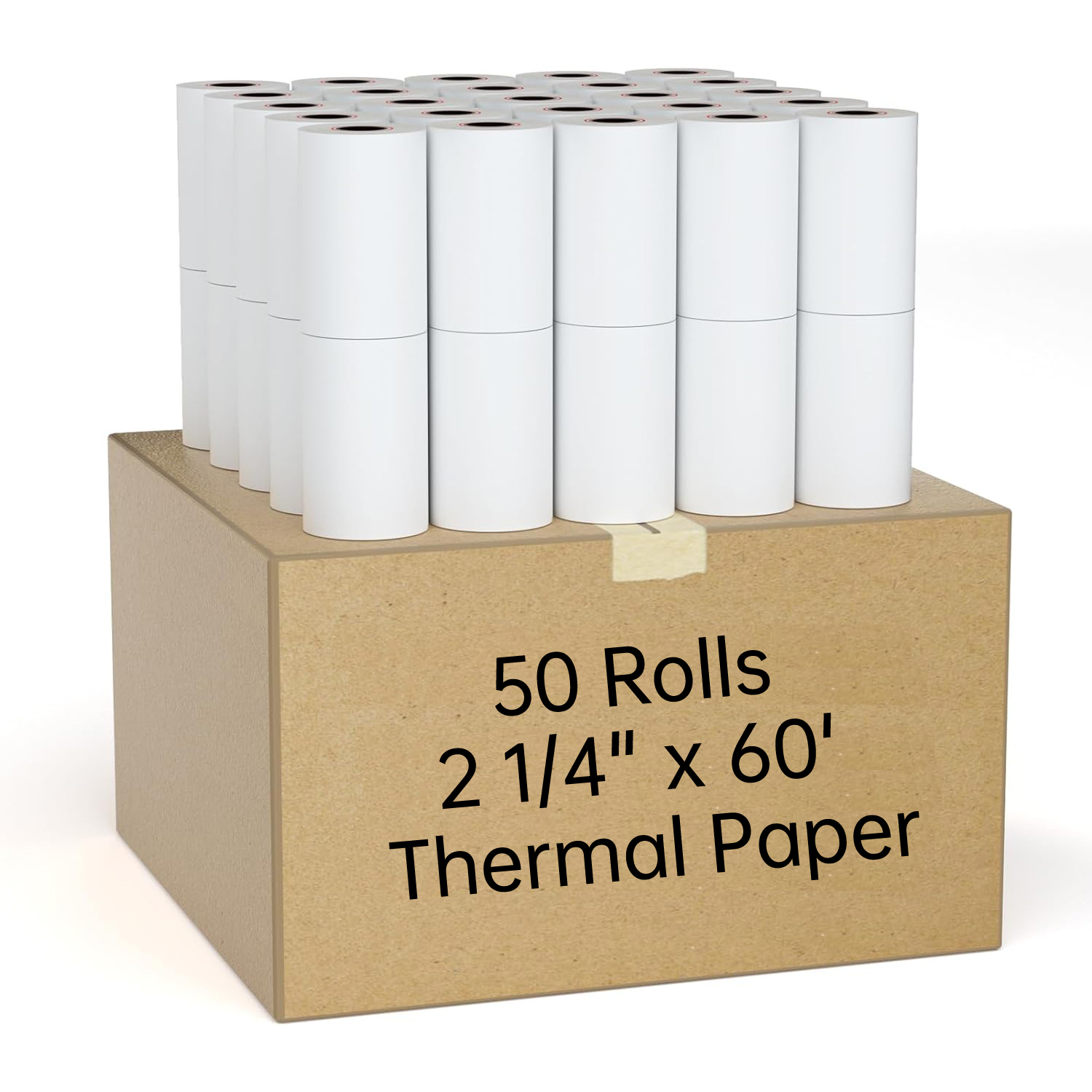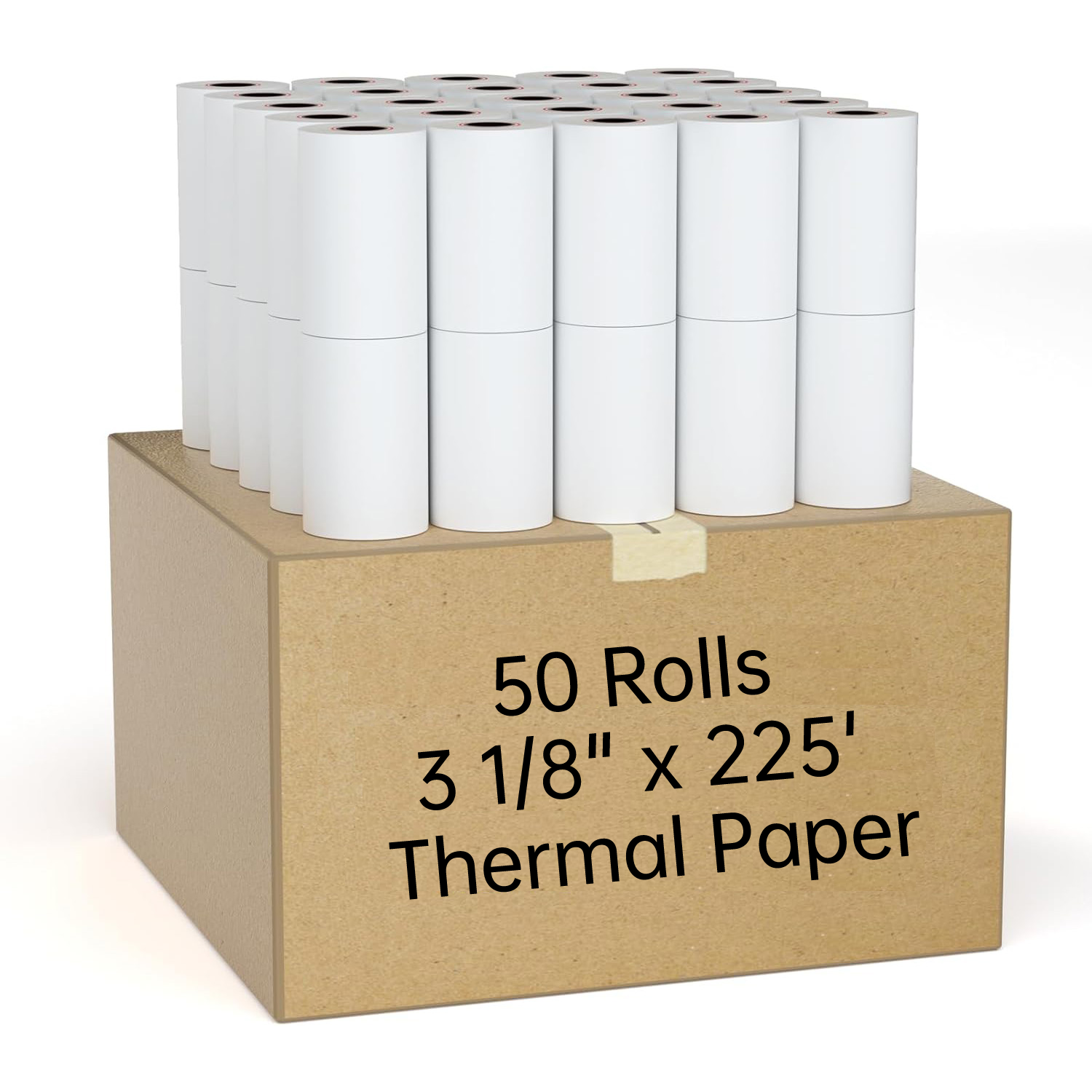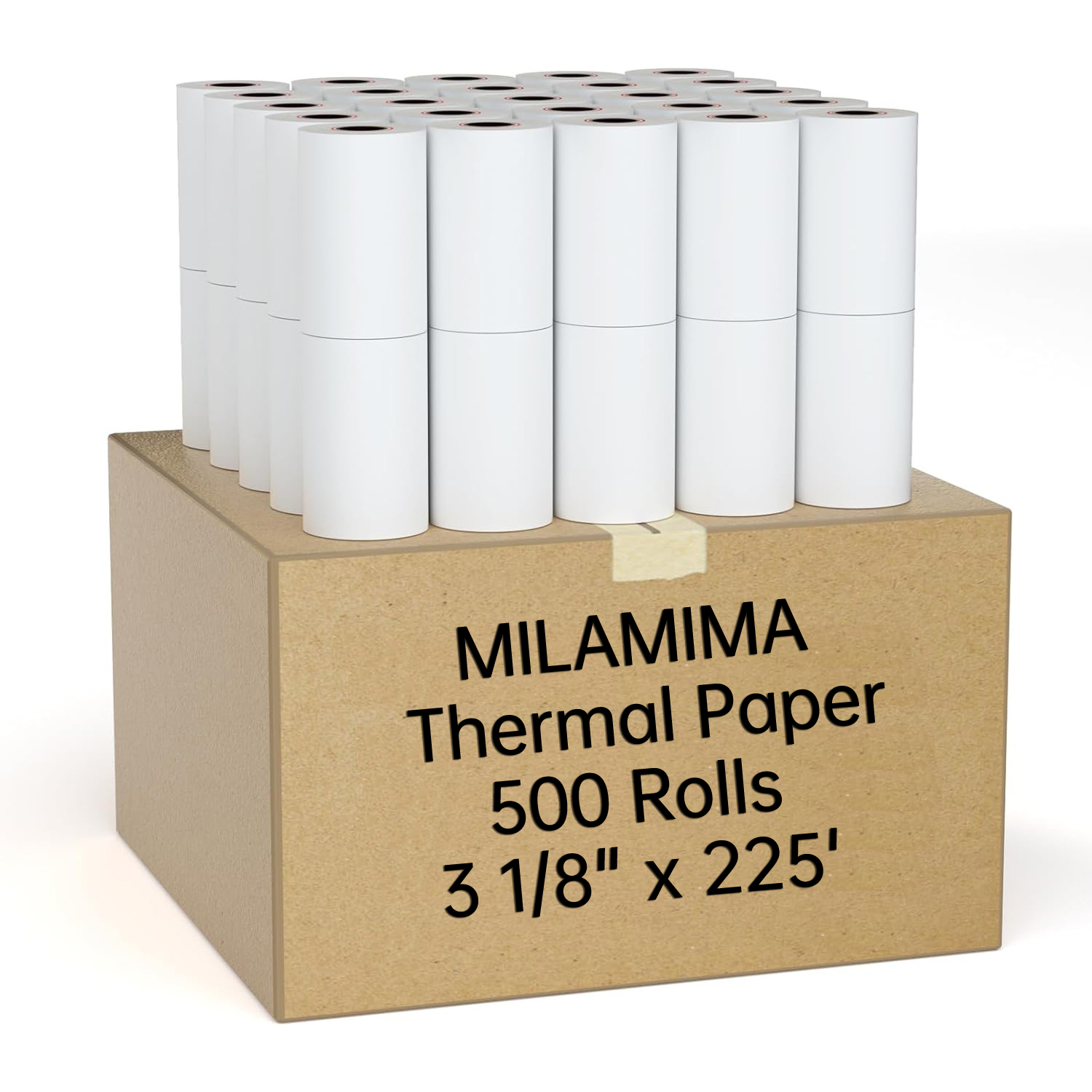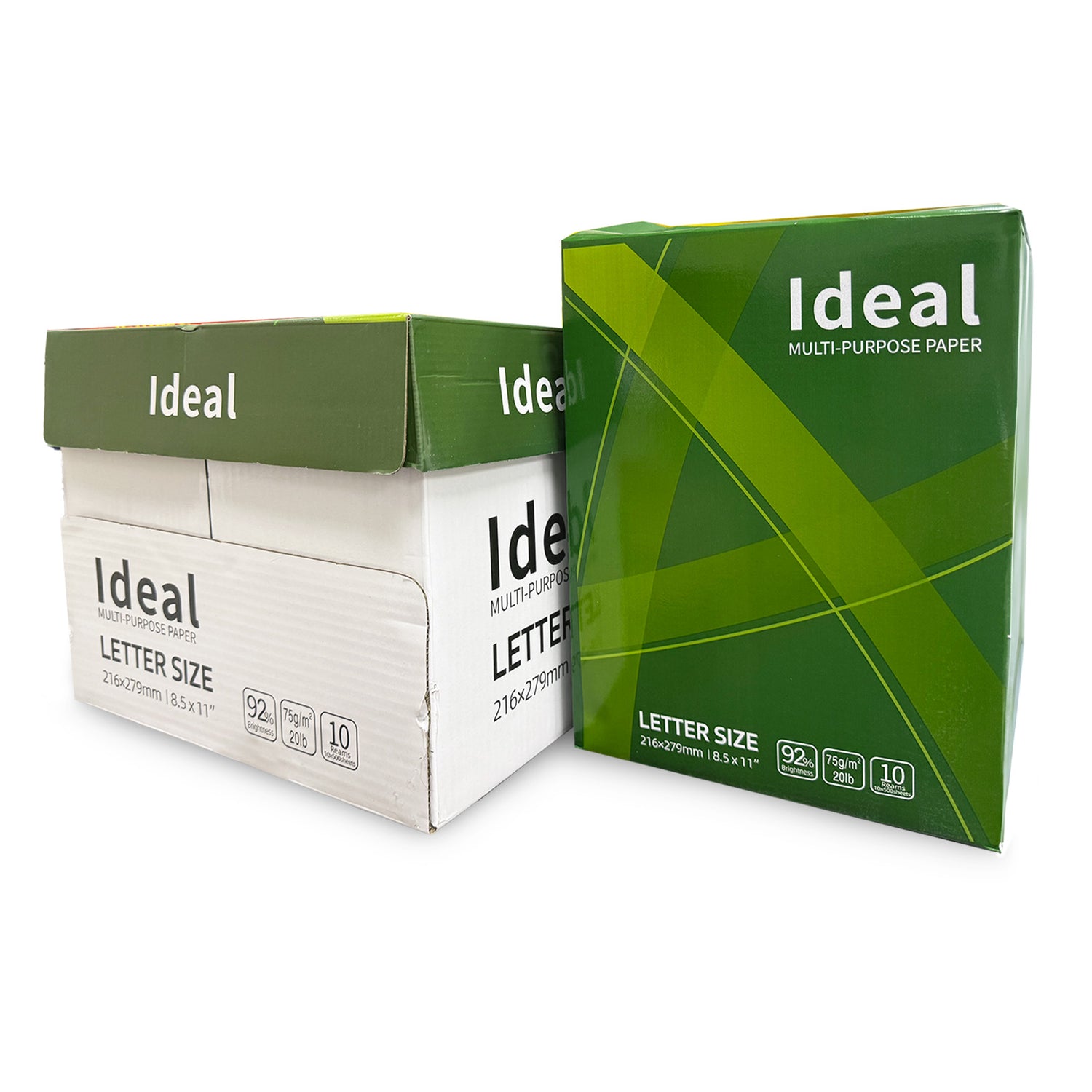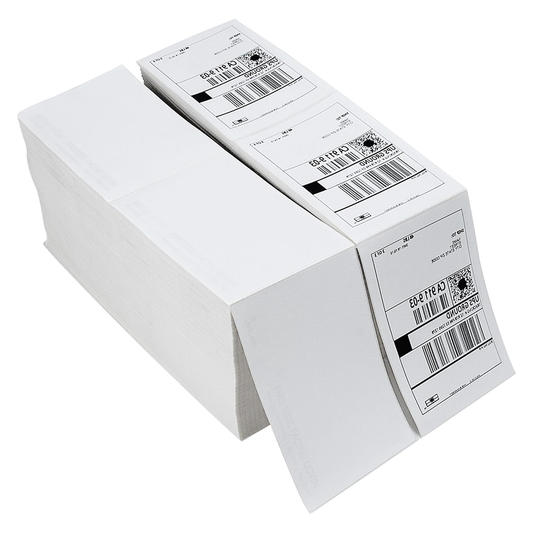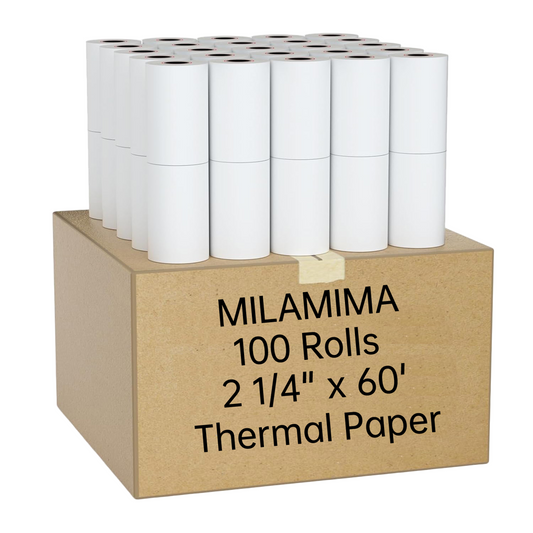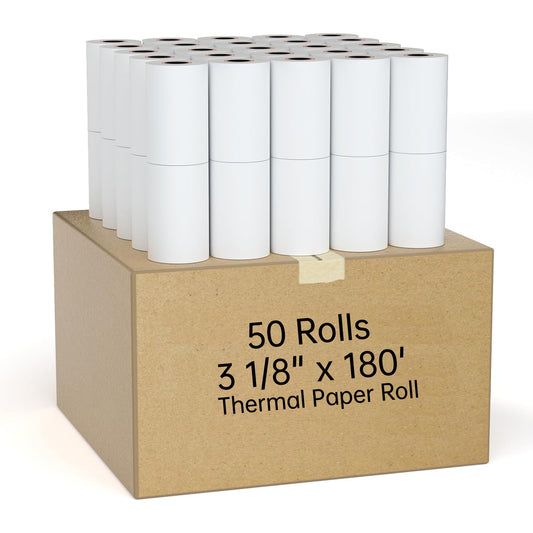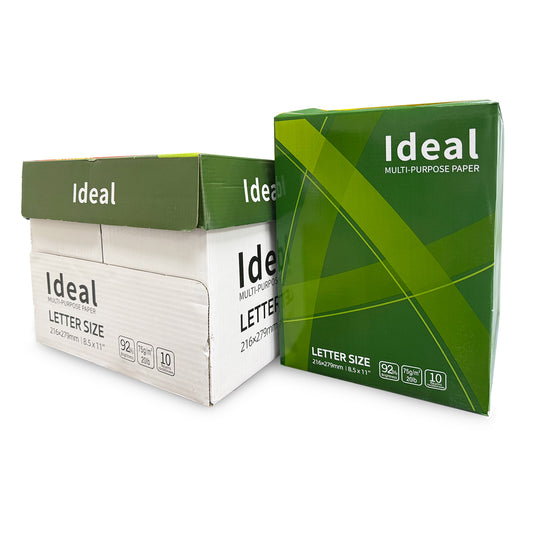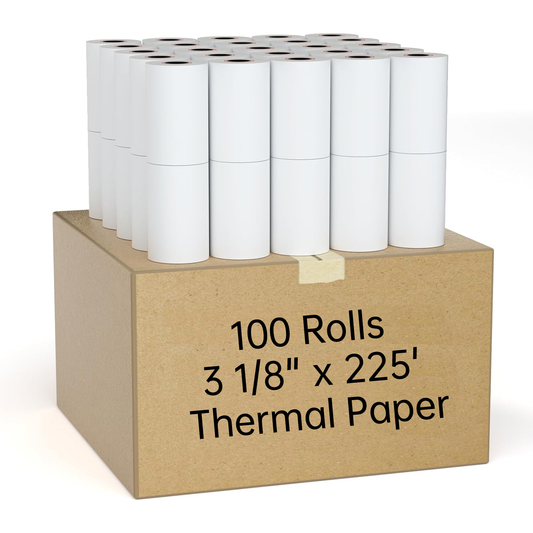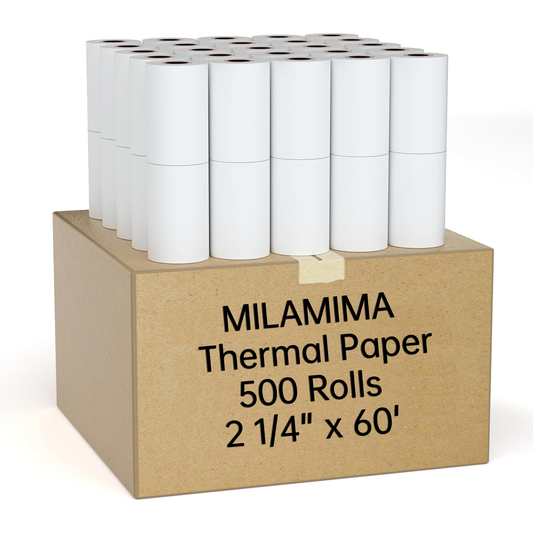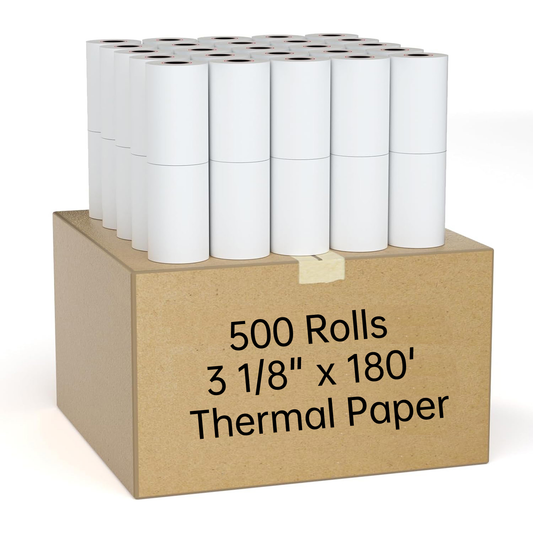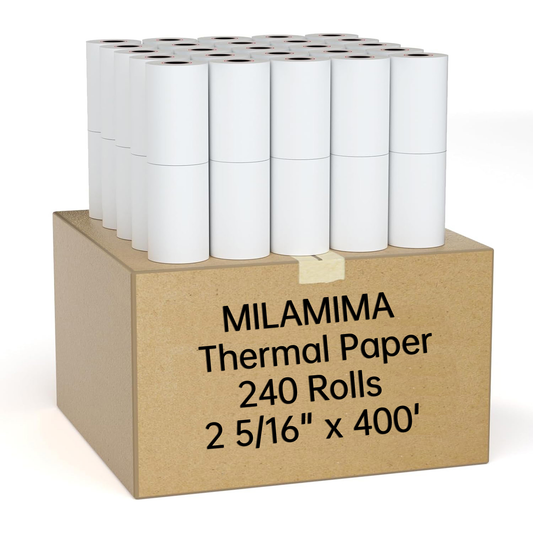Thermal paper rolls are essential for businesses using receipt printers, POS systems, or ATMs. To ensure they remain functional and produce high-quality prints, proper storage is crucial. Below are the best practices for storing thermal rolls to extend their lifespan:
1. Store in a Cool, Dry Place
Thermal rolls should be kept in an environment free from excessive heat. High temperatures can cause the thermal coating to darken prematurely, affecting print quality. The ideal temperature range is 60°F to 80°F (15°C to 27°C).
2. Maintain Optimal Humidity Levels
Excess humidity can cause moisture absorption, leading to paper curling or jamming in printers. Ensure the storage area has a relative humidity below 70% to protect the thermal coating from degradation.
3. Protect from Light Exposure
Prolonged exposure to sunlight or UV light can fade or darken the thermal coating over time. Store rolls in their original packaging or wrap them in opaque material to block light.
4. Ensure Proper Air Circulation
Allow air to circulate freely around the stored rolls. Avoid stacking them too tightly to prevent moisture buildup, which can compromise print quality.
5. Keep Away from Contaminants
Avoid storing thermal paper near oils, solvents, or chemicals that might damage the thermal coating. Any contact with such contaminants can render the rolls unusable.
6. Use Rolls Within Their Shelf Life
Thermal rolls typically have a shelf life of 1-2 years from the manufacturing date. To maintain quality, always use older rolls first.
Why Proper Storage Matters
Storing thermal paper rolls under the right conditions helps maintain their printability, ensures smooth printer operation, and prevents unnecessary waste. By following these guidelines, you can optimize the lifespan and performance of your thermal rolls.

